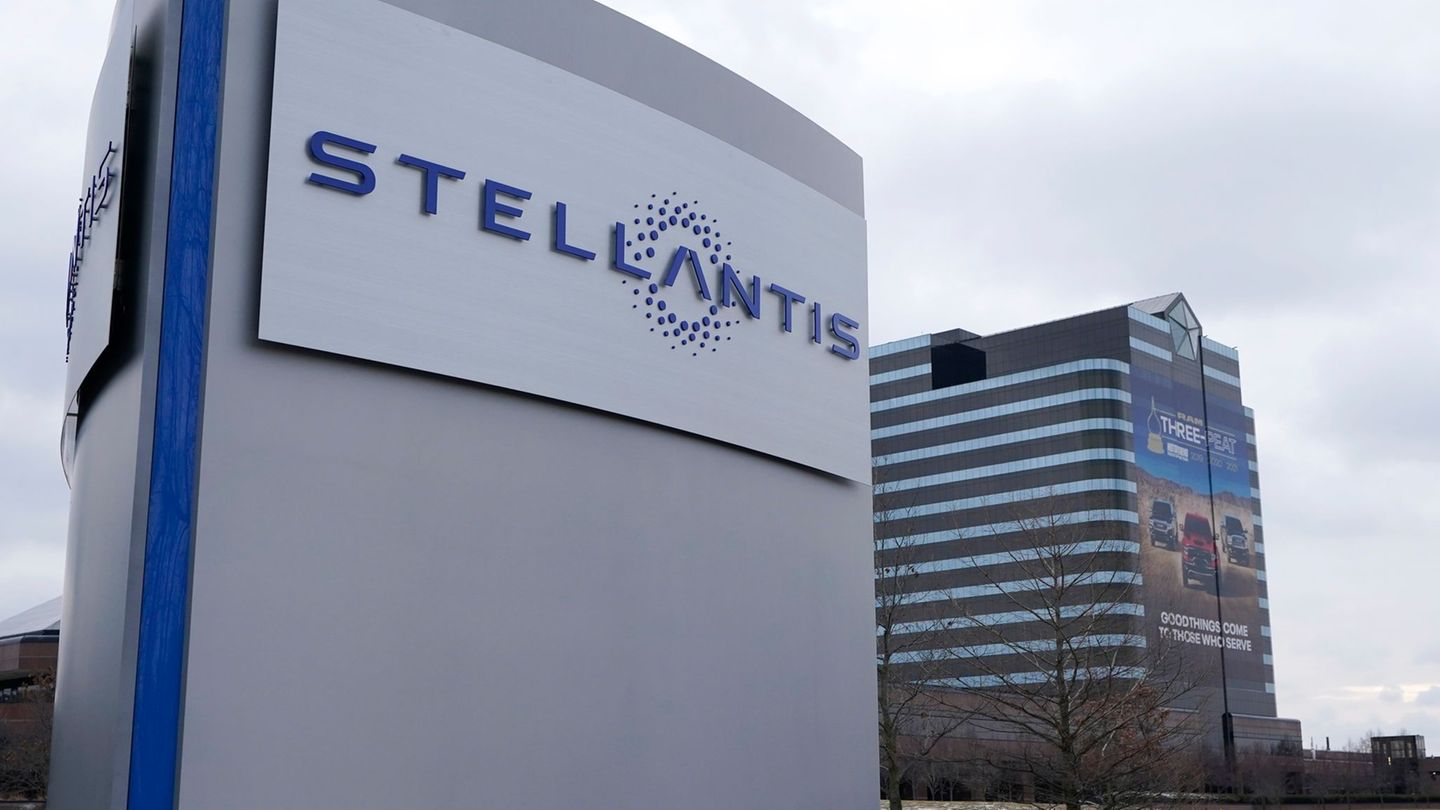1 In Argentina, the infrastructure for electric cars It’s very late. Neither is there tax incentives like other countries have or had to make them more accessible. And less one ecological culture for these vehicles to be sued. Despite all these cons, brands are slowly offering their proposals. This is the case of Renault that is selling its classic Kwid again, but now in an E-Tech version. It arrives imported from China.
2 The changes in the exterior design, compared to the combustion model that was a bestseller in Argentina until a few years ago, are minimal. Some modification to the lights and grille, gold details on the sides and the E-Tech logo in a couple of places on the body to identify its technology. The rest, the same image as already known. It’s a matter of taste, but it still has a nice style.
3 The interior is not committed to radical changes either. Simple, austere and with appropriate materials for a model in the small segment of a generalist brand. Despite being electric, it does not seek to give an imprint of modernity. The steering wheel does not adjust in depth or height, the front space is reasonable, somewhat more limited in the rear seats. The roof is high, something that those traveling in the back will appreciate. The trunk has a capacity of 290 liters, a good volume for a car that is not designed for traveling.
4 The motor is powered by 26.8kwh lithium-ion batteries with a power of 65 hp and 113 Nm of torque. The transmission is a single-speed automatic.
5 Citycar, electric and Chinese. A combination that, for lovers of traditional cars, can be fatal. More so if what you are looking for is to feel a powerful engine that marks its presence. For those who do not have that prejudice, the Kwid proposal may be attractive. Driving an electric car is an experience that marks a before and after. Not only because it is quiet, but it offers less nervous handling. There isn’t that back-and-forth between the driver and the noise of the horsepower under the hood. It is a more relaxed and, for many, pleasant drive.
6 The Kwid is all that. It does not have a power button, but rather a classic key. The OK sign on the dash indicates that it is running and ready to go. It moves with surprising agility and, thanks to light steering, maneuvering through urban traffic is like a game. The good cushioning and generous ground clearance allow you to confidently face donkey backs and ditches. It is a citycar, but it is much more. You can go out on the road and highways and you will discover good driving comfort. It has an ECO function that limits the speed to about 105 km/h, but disconnecting that mode will exceed the permitted speeds. Because it is light and a little high, it is very sensitive to crosswinds and unstable in general. So it is not advisable to always take it up, but the engine allows it.
7 As for autonomy, it will depend on how it is used. In normal driving and in ECO mode it can reach about 270 km. If you step on the accelerator and deactivate this function, you lose autonomy. Charging can be done at public chargers that are in different places, such as service stations and shopping parking lots, supermarkets and some restaurants. Depending on the power of the charger, it may take half an hour or up to an hour. Renault does not offer the home adapter. There are companies, like Chargebox, that market it. In those cases, it can be charged from a home outlet and a full charge can take up to 10 hours. You have to get into the habit of recharging it during the night to have maximum autonomy in the morning and leave the house in peace.
8 In the security issue There are differences compared to the classic Kwid with the addition of stability control, six airbags, ABS, hill start assistant, camera and reverse sensors, ISOFIX anchors, among others.
9 Some comfort details that the electric Kwid has are, for example, a multimedia screen with Renault’s Media Evolution system with Apple Car Play and Android Auto connectivity.
10 The price of Kwid E-Tech is $28,731,742. A high value, as happens with all cars in Argentina. It is strange if you take into account that it is a citycar, but fiscal voracity generates these distortions. The car’s warranty is 3 years or 100,000 km, while the battery’s warranty is 8 years or 120 kilometers.
Source: Ambito
I’m a recent graduate of the University of Missouri with a degree in journalism. I started working as a news reporter for 24 Hours World about two years ago, and I’ve been writing articles ever since. My main focus is automotive news, but I’ve also written about politics, lifestyle, and entertainment.




